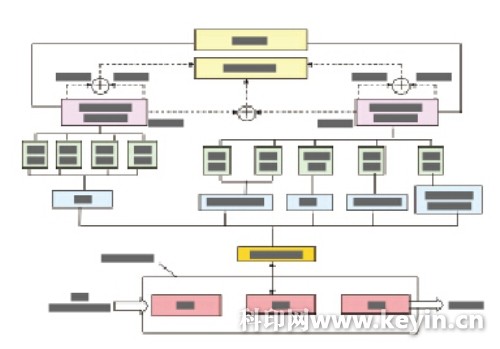With China With the continuous introduction of cloud computing, big data and mobile internet technologies in the printing industry, “Internet +†has become a new driving force for the printing industry to promote industrial transformation and upgrade, and to transform from a printing country to a printing power. Systematic analysis of new technologies, new processes, new applications and new creations, through a variety of digital environments The integration of printing technology to create a printing value chain and an emerging business model is also becoming the key to printing companies breaking through the realities of dilemma and building core competitiveness. The characteristics of hybrid printing technology Electric Eyebrow Trimmer,Lipstick Eyebrow Trimmer,Usb Rechargeable Hair Remove,Echargeable Lipstick Eyebrow Razors ZHEJIANG SHENGFA ELECTRIC APPLIAMNCES CO.,LTD , https://www.cn-shengfa.com
  Mixed printing technology features
In the past 10 years, the ecological environment of the printing industry has gradually changed from a simulated format to a digital format. Cloud computing, big data and mobile internet technologies have gradually penetrated into all levels of the printing industry, and began to change the production mode, control methods and management methods of the printing industry, so that printing technology can continue to meet the needs of both large and small batches, better quality and better efficiency. The new demand for the public, which adds value to the service, has triggered The hybrid printing mode formed by the continuous integration of digital printing technology and traditional printing, truly realizes the traditional static graphic data and modern The integrated manufacturing of variable data on printed products helps printers to increase production efficiency and increase product added value, indicating a new direction for development and profitability for printers.
Hybrid printing technology system construction
It is well known that the printing process is an important core in the production process of printed products. Hybrid printing refers to the combination of traditional plate printing and digital non-printing technology in a printing system, which can maintain a high level of economic efficiency and productivity, and can produce special printing products, typical hybrid printing technology. The system is constructed as shown in Figure 1.
As can be seen from Figure 1, modern printing production systems are moving toward digital and structurally intensive modes, enabling individual technologies that are feasible in prepress, printing and postpress processing to be integrated into applications, resulting in a diversification of “data input, product outputâ€. Functional modules and production processes, not only digitally complete digital collection and processing, layout and layout, digital proofing, digital proofing, CTP platemaking also integrates CTP direct plate making and digital printing technology in printing, integrating high-volume traditional printing with high-quality and digital printing, multi-variety, variable data and digital surface finishing technology, and then integrating Post-press processing technology, complete the production of all printed products online. In short, hybrid printing expands the range of products for printing production through “digital printingâ€, enabling printing production to achieve the integration of various possible methods, processes and systems in a “digital wayâ€, gradually implementing system solutions for printing and Flexible production plan. 
From a technical point of view, the characteristics of hybrid printing technology are mainly focused on the full digitalization of print production control and the seamless integration of fixed print content and variable print content. The so-called full digitalization of printing production control refers to the center of “data input, product outputâ€, and the whole process control of the printing job is described and transmitted through “digitalâ€, standardized in materials, data, production equipment and production process. To achieve full digital control and intelligent adaptation of the operation mode and production process. The seamless integration of fixed printed content and variable printed content refers to the “centralized production mode†of high-volume, fixed-content printed products with significant economic benefits and personalized, content-variable printed products with significant value-added effects. The “distributed customization model†integration and integration enables printing companies to adopt a dual product strategy of “print + distribution†and “distribution + printing†to maximize economies of scale and value-added effects based on product and location.
The characteristics of hybrid printing technology and its application prospects
BAIDU_CLB_fillSlot("858283");